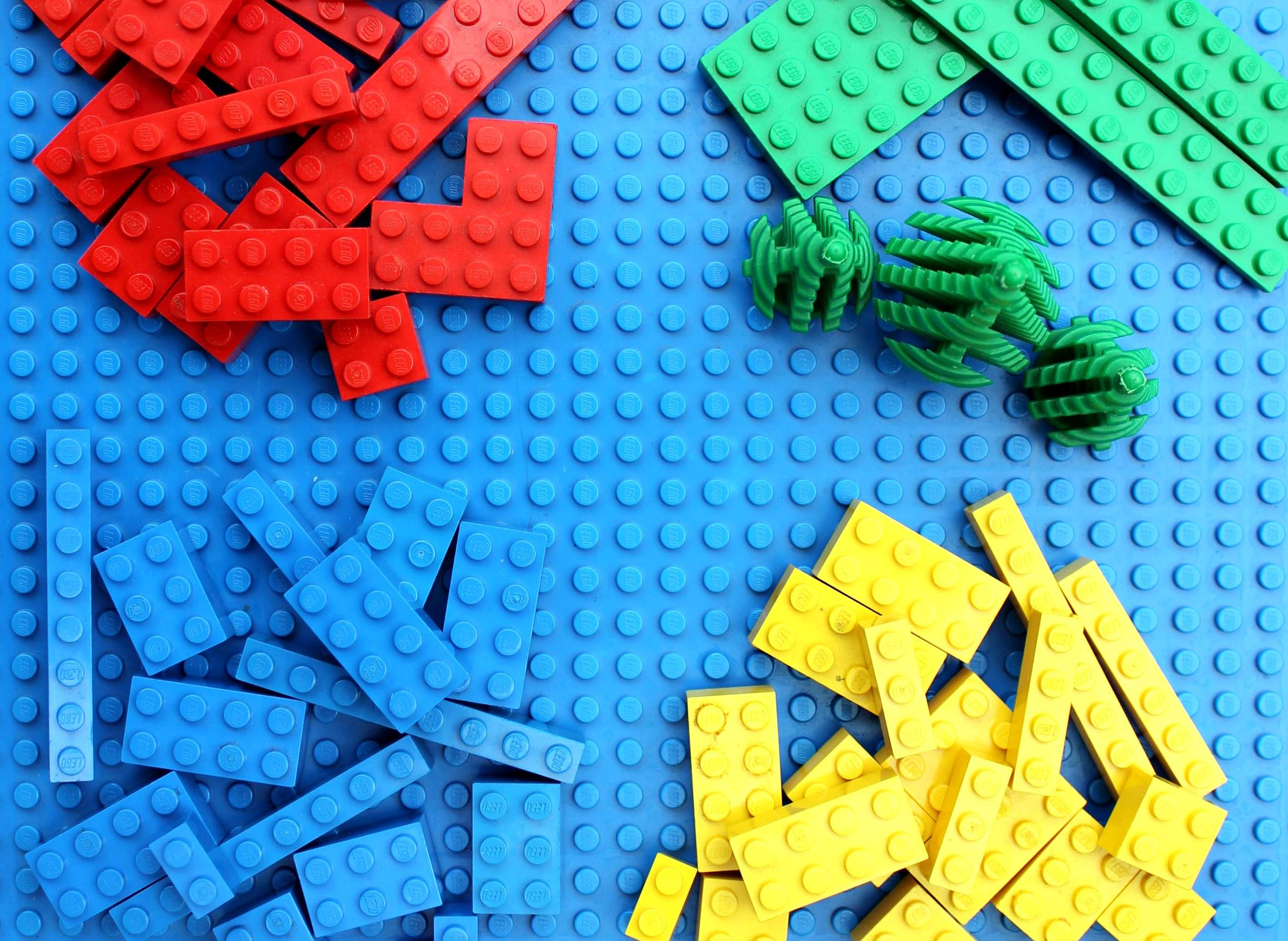
While children learn to sort things by shape and color, they're also getting ideas about how to sort people.

While children learn to sort things by shape and color, they're also getting ideas about how to sort people.
Anyone who has spent much time with young children knows they have a way of forming their own ideas about the world around them, no matter what lessons family and teachers try to instill. Kids also can pick up on things that adults would rather they not. These innate tendencies are at work when racial differences come into play. Even though race is a complex social construct, children start getting their heads around it early — within the first year of life, researchers have found.
Erin N. Winkler, an associate professor and chair in the Africology Department at University of Wisconsin-Milwaukee, has spent her career studying how children form their ideas about race during early stages of development. As curious young minds begin to figure out shapes and colors, they're also considering visible differences among people and discerning their own identities, including racial concepts. Of course, this development doesn't mean that children are inherently bigoted — rather, their thinking about race stems from normal processes of observing and categorizing.
Winkler explained her research into these behaviors in an October 13, 2015, talk titled "Children Are Not Colorblind," delivered at the Madison Public Library's Central Branch in downtown Madison and recorded for Wisconsin Public Television's University Place. She explained how children's conceptions of race are tied to their cognitive development as well as parental and societal messages.
Winkler argued that adults shouldn't ignore or discourage children's questions about race. In fact, she pointed to studies that indicate simply encouraging children to be "colorblind," rather than grappling with the complexities of race, can reinforce prejudice and make it harder for people to work against racism in the long run.
Key facts
Key quotes